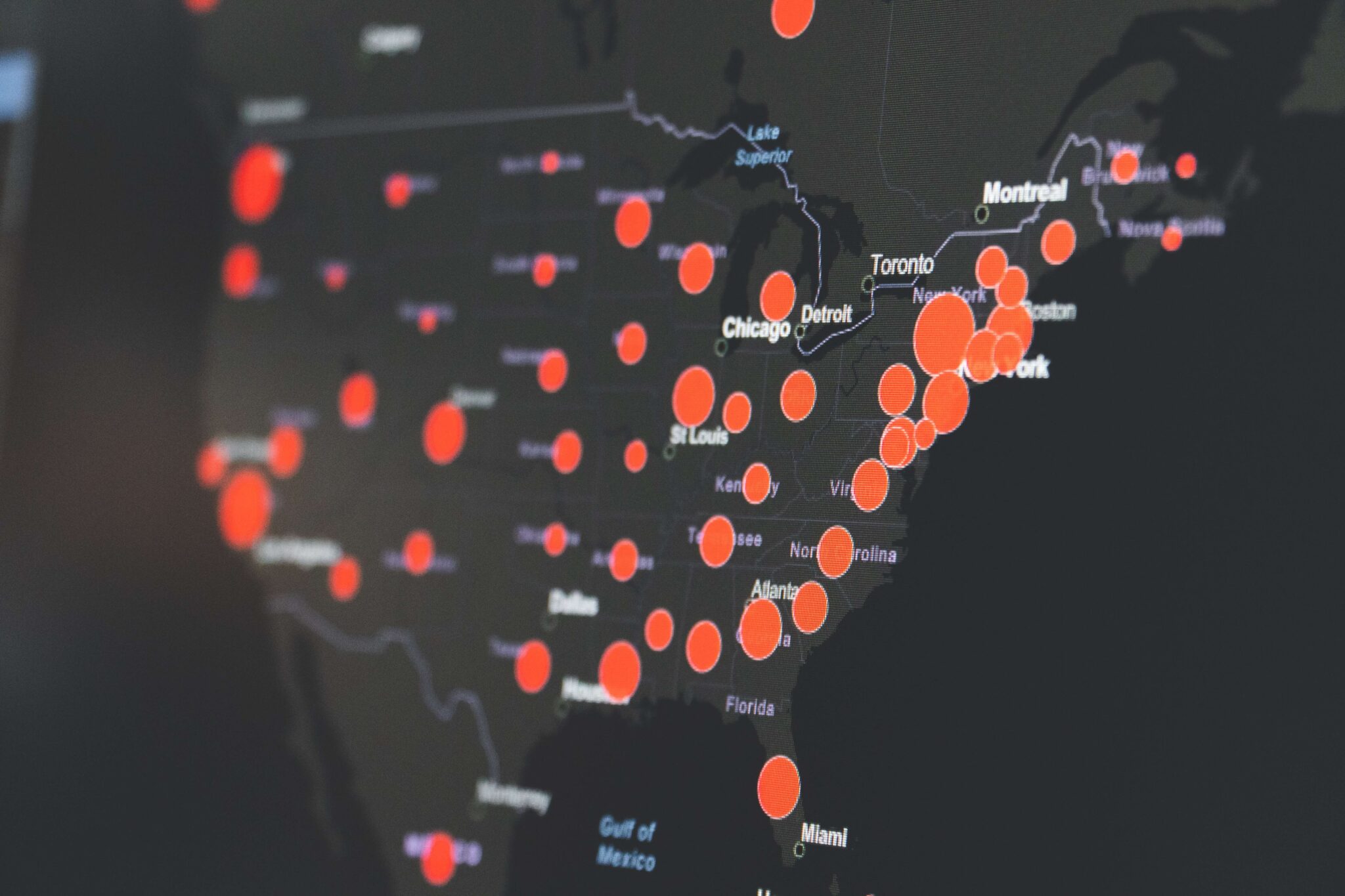 The world is gripped in a battle with the novel coronavirus, watching helplessly as more than 2 million people worldwide suffer from COVID-19. In mid-April, New York reported more than 220,000 confirmed cases and more than 14,600 deaths, creating a painful and unprecedented emergency that touches our daily lives.
The world is gripped in a battle with the novel coronavirus, watching helplessly as more than 2 million people worldwide suffer from COVID-19. In mid-April, New York reported more than 220,000 confirmed cases and more than 14,600 deaths, creating a painful and unprecedented emergency that touches our daily lives.
As much of our attention is rightly on this terrible virus, it is worth noting that the scourge of modern day slavery continues unabated, a virtual pandemic of suffering that affects a staggering 40.3 million victims globally. While human trafficking is not a deadly infectious disease, the emotional, physical and financial misery it inflicts worldwide is unimaginable in scope and its victims are largely invisible and isolated.
Now is an opportunity for the anti-trafficking movement to innovate how it addresses human trafficking and how we care for survivors. Amidst this outbreak, LifeWay Network is honoring its commitment to its survivors, host community members, volunteers, and staff by: sending volunteers home; redesigning its operational protocol; keeping its social worker onsite to provide the psycho-social support the survivors deserve; and amplifying health precautions.
LifeWay transitioned our public outreach to accommodate social distancing. Education sessions are being held via Zoom and webinars. Additionally, articles and blog posts, like this, enable us to communicate the implications for human trafficking and actions you can take during this unusual period.
Challenges:
 Youth in the digital space: Stay-at-home orders mean youth are online every day for both education and leisure. Apparently, people should be thankful for the high-speed internet options available through cable and internet bundles so that the education of these kids wouldn’t be affected as most schools may prefer teaching online via different platforms.
Youth in the digital space: Stay-at-home orders mean youth are online every day for both education and leisure. Apparently, people should be thankful for the high-speed internet options available through cable and internet bundles so that the education of these kids wouldn’t be affected as most schools may prefer teaching online via different platforms.
However, the parents have to be a little more vigilant. They need to be aware that as their kids are online, so are the traffickers and other criminals. According to a 2018 report, 55% of human trafficking survivors met their traffickers via text, website, or an app. More than ever, vigilance is needed to protect youth from online exploitation. Luckily, staying safe on the web is relatively simple and most kids should be able to learn how to watch out for red flags by themselves once you show them how.
Intimate Partner Violence (IPV) and Domestic Violence (DV): There is a marked overlap in the pattern of behaviors that abusers and traffickers use to exert power and control over a victim. Sometimes, trafficked individuals live with their trafficker and are subjected to the physical violence, emotional manipulation, and overbearing control that are hallmarks of domestic violence. As schools, workplaces, and universities close, more individuals are isolated in potentially volatile situations. The National Domestic Violence Hotline (+1-(800)-799-7233) and the Human Trafficking Hotline (+1 (888)-373-7888) are open 24/7 for anyone who needs assistance.
Take Action during Covid-19:
-
- Contribute to LifeWay’s COVID-19 Freedom Fund: Responding to the impact of COVID-19, LifeWay has created a fund where 100% goes towards providing cash assistance to our Safe House survivors and alumnae who are facing financial hardship due to business closures or job loss. Contribute and share widely here.
- Book a VIRTUAL workshop or training for your community through LifeWay’s education program: LifeWay’s Education Program continues to provide needed attention to human trafficking. the requested presentation can even have a focus on technology and the intersection of human trafficking. Fill out the form here and book a presentation for your classroom, workplace, congregation, or community.
- Talk to youth and children about online safety: The infographic, on the right, addresses safe online practices we should all know to ensure each login is a safe experience.
Post by Tori Curbelo, Manager of Education, Training & Advocacy
*Global Estimates of Modern Slavery (Published 2017, estimates are from 2016), International Labor Office https://www.ilo.org/wcmsp5/groups/public/—dgreports/—dcomm/documents/publication/wcms_575479.pdf
